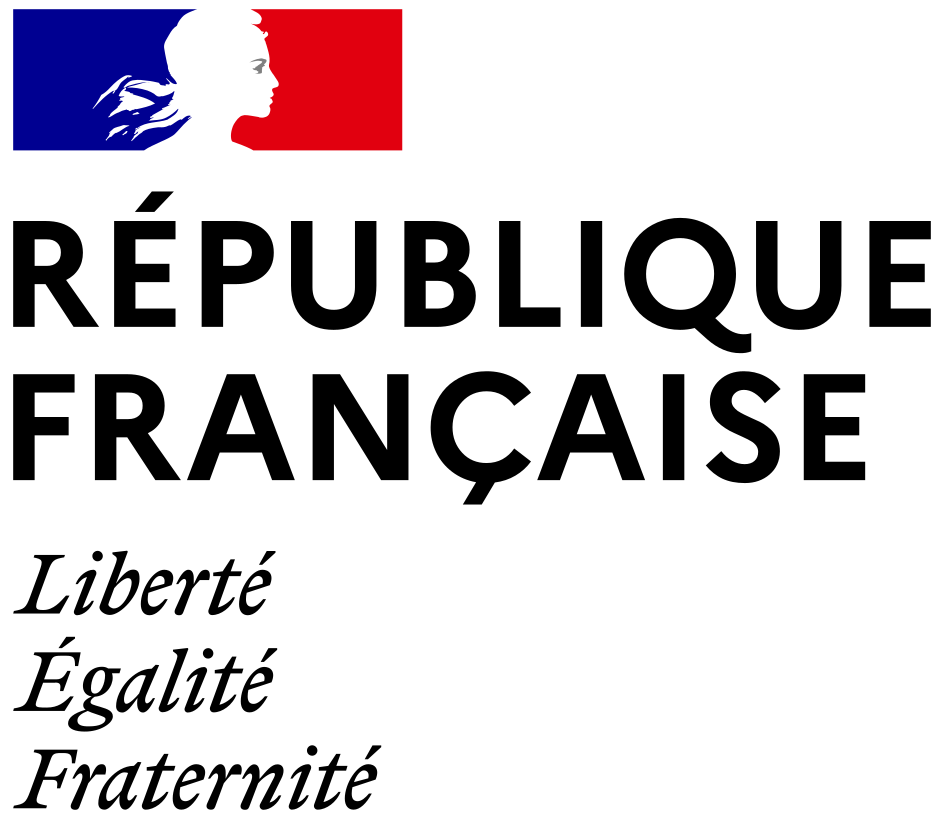Old hearts for modern investigations: CT and MR for archaeological human hearts remains
Résumé
Introduction: Among 800 burials dated between the 15th and 18th centuries and found in the center of Rennes (Brittany, France), a collection of five heart-shaped lead urns was discovered. This material was studied using classical methods (external study, autopsy and histology), and also modern imaging like computed tomography (CT), magnetic resonance (MR) before and after coronary opacification. The aim of this manuscript is to describe different steps of ancient soft tissues study, especially using imaging techniques.
Methods: The study gathered various specialists: anthropologists, archeologists, forensic pathologists, radiologists, pathologic physicians, and physicists. Imaging techniques were performed, before and after coronary opacification. Finally, hearts were autopsied and different histological samples were analyzed.
Results: Only heart n°2 was too damaged to be studied. Heart n°3 was considered as normal using all investigation techniques. The study of Hearts n°s 4 and 5 revealed dilated cardiomyopathy while Heart n°1 showed important signs of diffuse hypertrophic cardiomyopathy. Different fibro lipid plaques were identified using imaging techniques, and were confirmed by histology.
Conclusions: The study of archeological soft tissues using modern imaging is possible if the material is well-preserved. This type of research can uncover principal findings, allowing scientists to establish diseases of ancient times.

